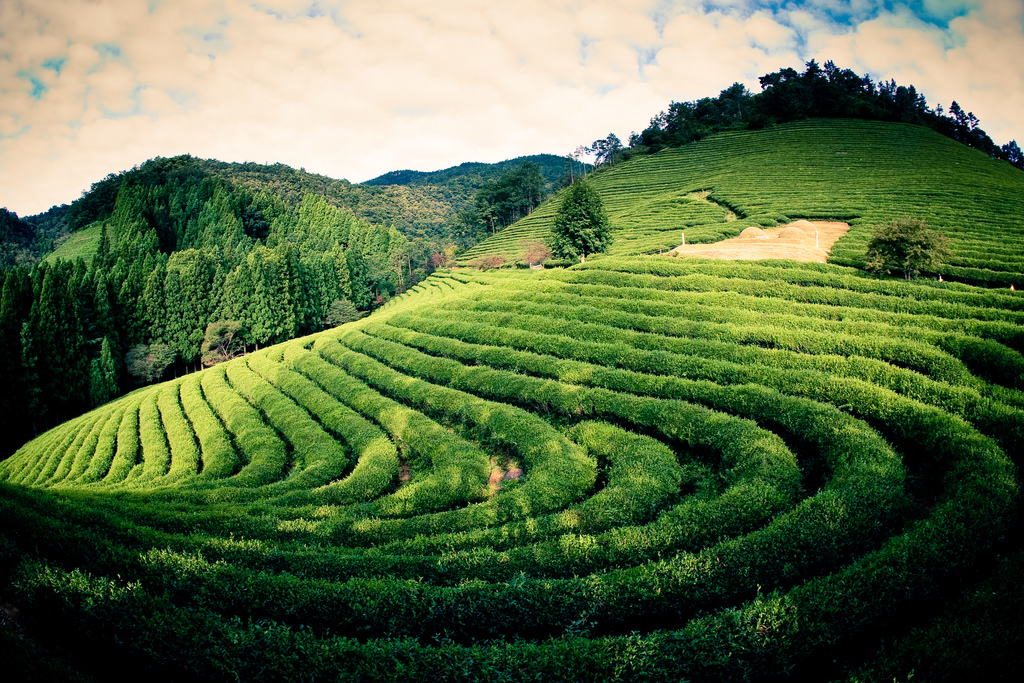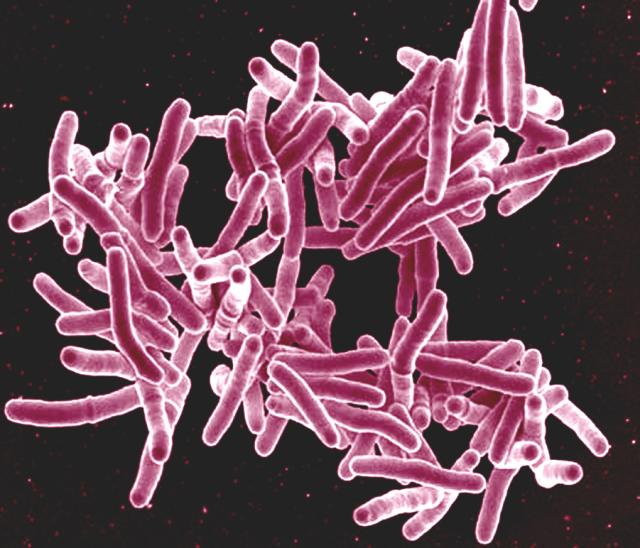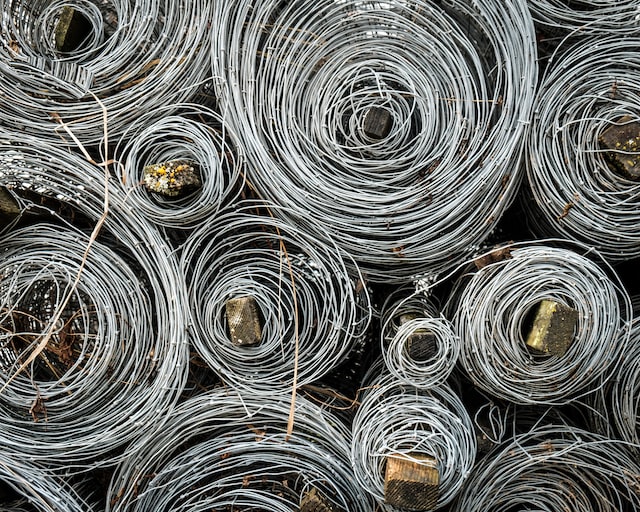What a month for news of natural food chemistry’s benefit in our lives! First, dark chocolate gets even more potent polyphenols simply by adjusting the processing methods. And now, another favorite antioxidant, green tea, can even be used to make MRIs more distinct.
The American Chemical Association (ACS) presented fascinating new research in the food area at their 249th meeting in March. The push to find less toxic and least invasive means of promoting well-being or preventing ill health is certainly welcome news.
A new report in the journal ACS Applied Materials and Interfaces notes that green tea compounds (catechins) can make cancer tumors more visible in Magnetic Resonance Imaging (MRI).
Nanoparticles are a useful means of helping tumors to stand out from healthy cells, but they have drawbacks. Iron oxide is a typical substance used for MRIs, but it can tend to clump and has difficulty getting to the target areas in the body, making the process clumsy and less accurate. So researchers sought natural substances to seek out the damaged cells and display them more readily during MRIs.
Sanjay Mathur and his team, with funding from the University of Cologne and the EU Project Nanommune, wanted to see if the anti-cancer and anti-inflammatory properties touted of green tea might cause it to target the cells in need of repair. So they coated the iron oxide nanoparticles with green tea catechins. And Eureka! The coated nanoparticles directly targeted and clustered around the tumor cells, providing a clear distinction during the MRI.
Tea, whether black, green, or white, comes from the slow-growing Camellia sinensis. Though originating in the Himalayas and mountains of China, it is now grown globally. Camellia is well known to southern U.S. gardeners for its deep green, glossy leaves and showy white flowers that bloom in winter. Green tea is harvested from the very tips of the plant’s new growth and then dried but, unlike the others, it is not fermented. It takes a lot of leaves to yield a small amount of dried tea.
Though this research was focused on finding better means of screening for tumors during MRIs, there are important underlying points to consider as well. The green tea catechins were selected for the above trial because of their purported anti-cancer and anti-inflammatory properties. It is promising that green tea can so readily identify errant cells. And if you find that an MRI is necessary, maybe you want to be sure your doctor knows about these latest findings, especially if she’s not much of a teetotaler herself.
Even though this study did not set out to confirm or disprove the benefits so often touted of consuming green tea in our diet, what have we got to lose? Remember that prevention is always the BEST medicine. So let’s have another cup of green tea and hope we can avoid the necessity of hospital screenings altogether. Salud! To health!







